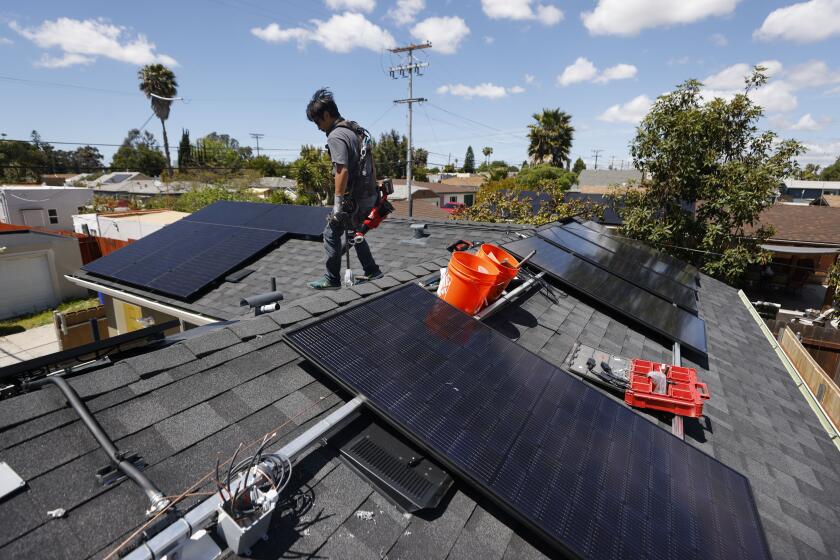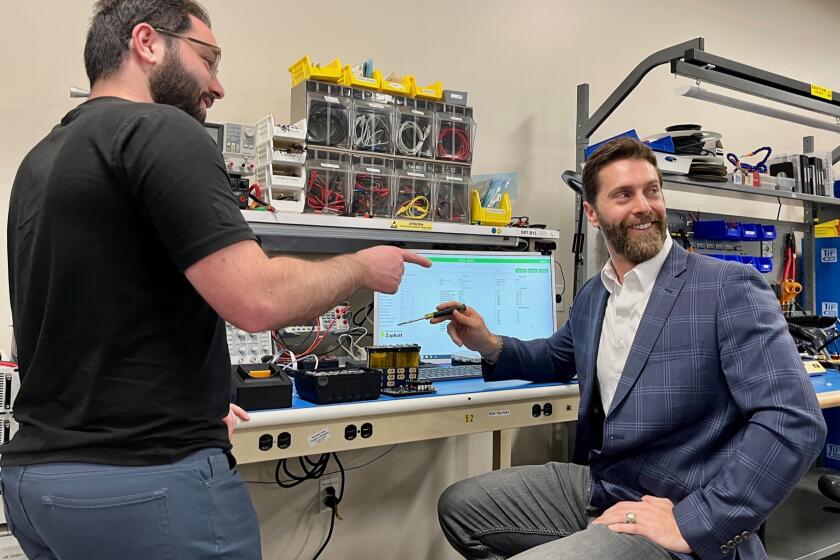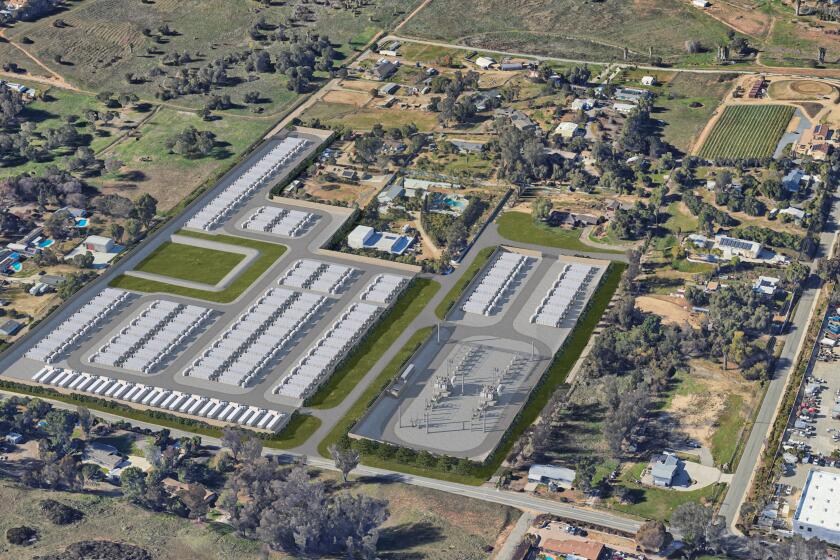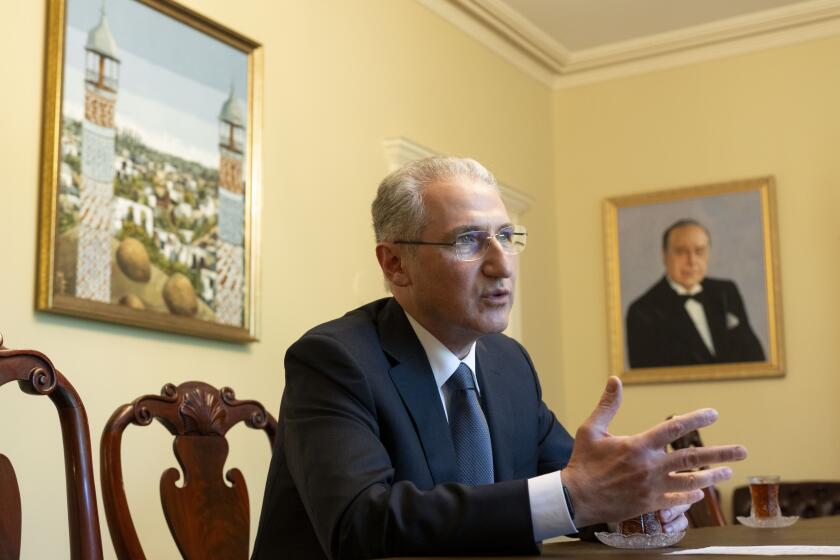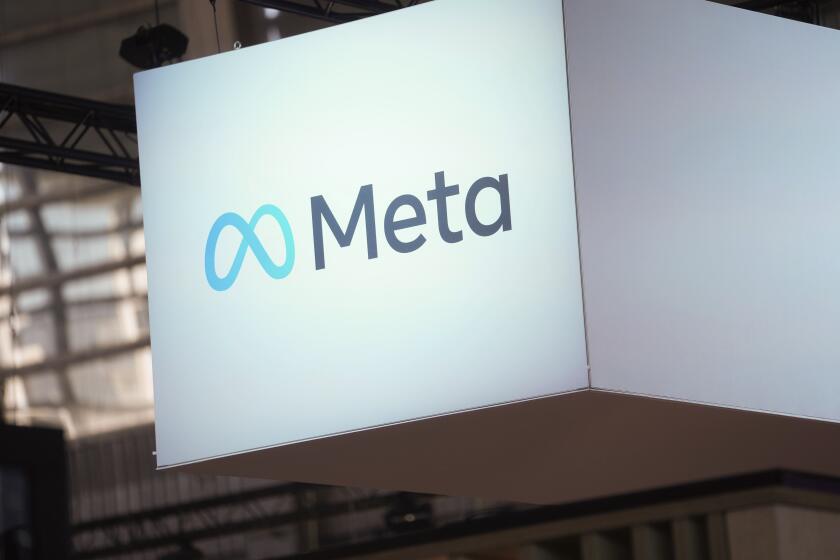As the pandemic grinds on, more SDG&E customers falling far behind on their bills

The utility reports a 22.5% increase since February for accounts more than 4 months past due
In yet another example of the negative economic effects of the COVID-19 pandemic, the number of San Diego Gas & Electric customers who have fallen more than four months behind on paying their utility bills has jumped sharply since February.
According to SDG&E’s most recent figures, 158,803 residential customers in September were technically classified as 121 days or more past due on their payments. In February — the last month before the state instituted widespread pandemic restrictions and protocols — the number stood at 129,588. That’s an increase of 22.5 percent.
The word “technically” is used as caveat because SDG&E said about one-third of that figure includes customers who have solar energy systems, or Net Energy Metering (NEM).
NEM — customers generate their own energy and receive a financial credit on their electric bills for any surplus energy they feed back to SDG&E — have the option of paying their bills once a month or receiving their credit in the form of a “true-up” that is applied once a year. Those who opt for an annual “true-up” are counted among those whose bills are past due, even though the vast majority are not behind on their payments.
But since the percentage of NEM customers is believed to have remained relatively static throughout the pandemic, the jump between February and September is noteworthy.
“The data’s not surprising,” said Scott Crider, chief customer officer at SDG&E. “Job losses in San Diego have been quite extensive. Whether it’s food for rent or utilities, many of our customers are understandably struggling to pay their bills.”
Jason Zeller, senior attorney with the Utility Consumers’ Action Network, a San Diego-based consumer advocacy group, said the only other event in recent memory that impacted utility customers as much was the Great Recession in 2009.
“But what’s different about this situation is how rapidly and dramatically it came on,” Zeller said. “The other thing is, bills are higher now because rates have gone up (since 2009). Another thing that is probably contributing is that we had some really hot weather this summer and people’s air conditioning use was way up. So some people, particularly those living in the inland areas, are probably really struggling with high bills.”
The statistics have improved in recent months, though.
The number of customers more than four months behind on their bills has been trending down. After cresting at 174,197 in July, the figures dropped in August and September.
“I think you saw the peak in that late spring time frame and it has been slowly improving,” Crider said. “Now, as we start to look at the resurgence of COVID across the country, we’re really mindful that we still have a long ways to go.”
A possible explanation for fewer ratepayers falling behind in August and September may be due in part to a “climate credit” of $32.3 that all SDG&E customers received in each of those months.
Distributed each year, the California Climate Credit program applies to utility customers across the state and is funded by money raised by the cap and trade program that requires power plants, natural gas providers, and other large industries that emit greenhouse gases to buy carbon pollution permits.
In somewhat surprising news, the number of SDG&E customers who are one month, two months and three months in arrears was lower in September than it was before pandemic restrictions were put into place.
In February, 82,560 customers were 31 to 60 days behind on their bills. But in September, the number dropped to 60,505, a decline of 26.7 percent.
Customers 61 to 90 days and 91-120 days behind on their bills have also been moved downward in that time period, dropping 12.3 percent and 12.8 percent, respectively.
All told, 273,689 SDG&E residential customers — including NEM customers — are listed as being at least 30 days past due in paying their bills. That’s about 19.5 percent of SDG&E’s total of 1.4 million residential customers.
While the 22.5 percent increase in SDG&E customers more than four months behind is striking, it’s considerably lower than California’s largest utility, Pacific Gas & Electric. Comparing February to September, PG&E told the Union-Tribune it has seen a 51.7 percent increase (201,267 residential customers in February; 305,238 in September).
The percentage was much higher for the second-largest investor-owned utility, Southern California Edison. It logged a 112.2percent increase in the number of residential customers more than four months behind in their bills in September compared to February (179,883 to 84,756).
Regardless of the length of time, customers who are behind on payments have not had their power cut off.
Shortly after Gov. Gavin Newsom instituted the first stay-at-home orders in March, SDG&E announced it was suspending all service disconnections due to non-payment, waived late payment fees for business customers and offered flexible payments for customers struggling to pay their monthly bills.
A month later, the California Public Utilities Commission ordered a moratorium on disconnections for residential customers and small businesses throughout the state. The order remains in place until April 16 of next year.
The commission in June also created an “Arrearage Management Payment” program that will go into effect after April 16. It will allow eligible customers who have past-due bills of $500 or more to eliminate their debts by making on-time payments for 12 months after that date.
SDG&E has also suspended sending out late notices.
“We understand that customers are struggling right now,” Crider said. “One thing that we always encourage our customers to do is to call us if they fall behind on their bills and we’re going to work with them.”
Zeller said SDG&E and the utilities commission “have a done a good job” thus far.
“The moratorium on disconnections is unprecedented, to my knowledge,” Zeller said. “That was done statewide but SDG&E was pretty quick to institute the measure. They’ve also done a pretty good job of letting people know about the different types of assistance programs available to customers.”
Enrollment in programs that offer discounts on power bills is up.
SDG&E reports the number of its customers signing up for the California Alternate Rates for Energy, or CARE, program and the Family Electric Rate Assistance Program, or FERA, programs has grown 11 percent since the beginning of this year.
CARE is available to customers whose total household income is at or below certain income limits, such as $52,400 for a family of four, and can reduce utility bills by as much as 30 percent. FERA is available to customers whose household income metrics slightly exceed those eligible for CARE.
SDG&E has partnered with 211 San Diego — the nonprofit call center that connects residents with area resources — and the San Diego Food Bank to get the word out.
The federal government also has an assistance program called the Low Income Home Energy Assistance Program, LIHEAP, that offers services including free energy efficiency upgrades and help paying utility bills for households in a crisis. SDG&E said LIHEAP has seen a 40 percent increase in payments from January through September of this year compared to 2019.
Broadly speaking, the pandemic has resulted in a decrease in electricity usage by commercial customers, largely due to the economic slowdown and millions of employees working from home. Conversely, residential consumption is up, which is leading to higher bills for some households.
Zeller thinks if the pandemic continues well into next year, the California Public Utilities Commission may consider extending the moratorium on disconnections. He also suggested the commission look into its recent decision to transition customers — including those with SDG&E — to “time-of-use” rates.
Under time of use, customers pay less during the hours when there are plenty of sources of energy feeding California’s electric grid. But customers pay a higher rate when demand on the grid is high, such as 4 p.m. to 9 p.m. Monday through Friday.
“If it’s 95 degrees out, you’re going to want the air conditioner on, even if you’re going to have to pay a lot of money,” Zeller said. “I think we need to examine how that rate is affecting people.”
Get U-T Business in your inbox on Mondays
Get ready for your week with the week’s top business stories from San Diego and California, in your inbox Monday mornings.
You may occasionally receive promotional content from the San Diego Union-Tribune.


